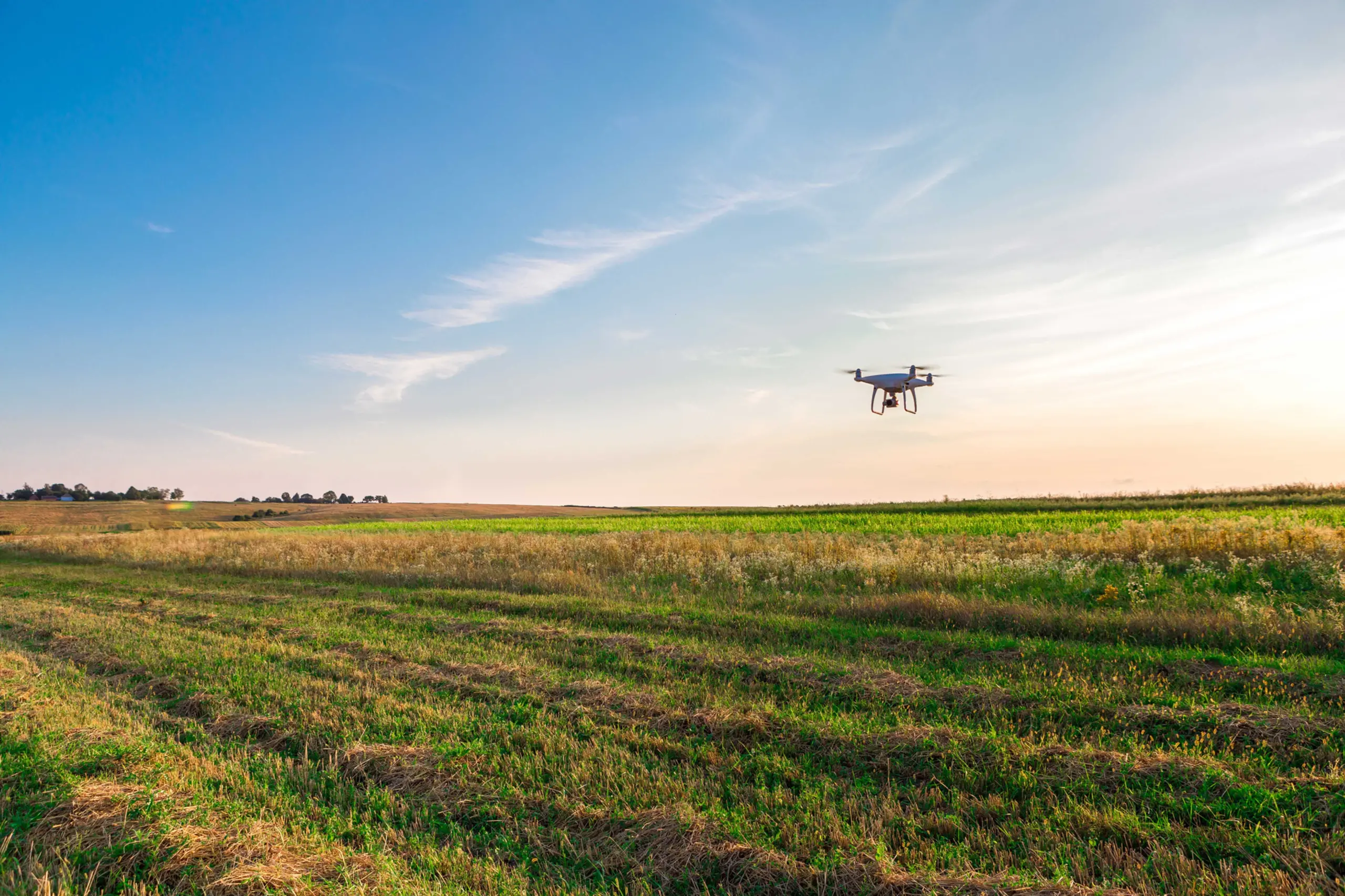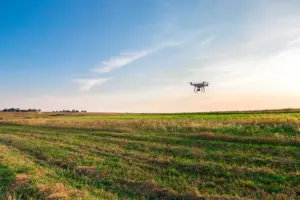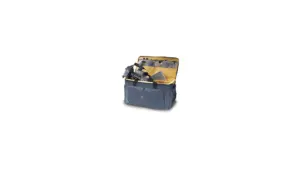In the fast-evolving world of drone technology, DJI remains a forerunner, consistently pushing the boundaries of what’s possible with aerial photography and videography. The company’s latest offerings have stirred considerable excitement among enthusiasts and professionals alike. This blog dives into a comparative analysis of DJI’s most recent drones and explores their applicability in creating impactful content for environmental awareness and conservation.
DJI Mavic 3 and DJI Air 2S: A Closer Look
The DJI Mavic 3 and DJI Air 2S stand out as the latest jewels in DJI’s crown, each boasting features that cater to a wide range of users, from casual hobbyists to seasoned content creators focused on environmental storytelling.
DJI Mavic 3: The Mavic 3 is a technological marvel, designed for those who refuse to compromise on quality. Its dual-camera system, featuring a 4/3 CMOS Hasselblad sensor, delivers unparalleled image quality, capturing the minutest details in landscapes, wildlife, and ecosystems with remarkable clarity and color accuracy. With up to 46 minutes of flight time, it offers extended opportunities to explore and document the natural world without frequent landings for battery changes.
DJI Air 2S: The Air 2S, on the other hand, is a compact powerhouse, ideal for adventurers and environmental storytellers who require a blend of performance and portability. Equipped with a 1-inch sensor, it provides excellent image quality, capturing 20MP stills and 5.4K video. The drone’s obstacle sensing in four directions enhances its safety, making it a reliable companion in complex terrains like dense forests or rugged mountains.
Comparing Features for Environmental Content Creation
Image and Video Quality: When it comes to creating content for environmental purposes, image and video quality are paramount. The Mavic 3’s Hasselblad camera offers superior dynamic range and color fidelity, making it the go-to choice for documenting the nuanced beauty of natural environments. The Air 2S, while slightly less powerful, still delivers high-quality footage suitable for most applications, including conservation campaigns and educational content.
Flight Time and Range: Extended flight times are crucial for covering large areas or waiting for the perfect lighting conditions. The Mavic 3 shines with its 46-minute flight capability, allowing for prolonged exploration of remote ecosystems. The Air 2S, offering up to 31 minutes, provides ample time for shorter missions and quick excursions.
Portability and Ease of Use: The Air 2S edges out with its compact size, appealing to content creators who prioritize mobility. It’s easier to pack on hiking trips or expeditions where space and weight are considerations. Both models feature advanced flight modes and automated shooting options, simplifying the content creation process.
Applicability in Environmental Content Creation
Both the DJI Mavic 3 and Air 2S offer unique advantages for environmental content creation. The Mavic 3, with its superior imaging capabilities and longer flight time, is suited for in-depth documentaries, detailed environmental studies, and high-quality visual storytelling. Its ability to capture the essence of natural habitats, wildlife behavior, and environmental changes from a bird’s-eye view can significantly contribute to raising awareness and driving conservation efforts.
The Air 2S, with its blend of performance, portability, and ease of use, is ideal for on-the-go content creators, environmental bloggers, and activists who need to quickly capture and share content from the field. Its robust features allow for effective storytelling, from showcasing the beauty of natural landscapes to highlighting the urgent need for environmental protection and conservation.
Conclusion
In the realm of environmental content creation, the choice between DJI’s Mavic 3 and Air 2S boils down to specific needs—be it the unparalleled image quality and extended flight times of the Mavic 3 or the compact, versatile nature of the Air 2S. Both drones are formidable tools in their own right, offering the potential to revolutionize how we perceive, document, and advocate for the natural world. As technology continues to evolve, the role of drones in environmental conservation is set to become increasingly significant, empowering creators to inspire change and foster a deeper connection between humans and the planet.





